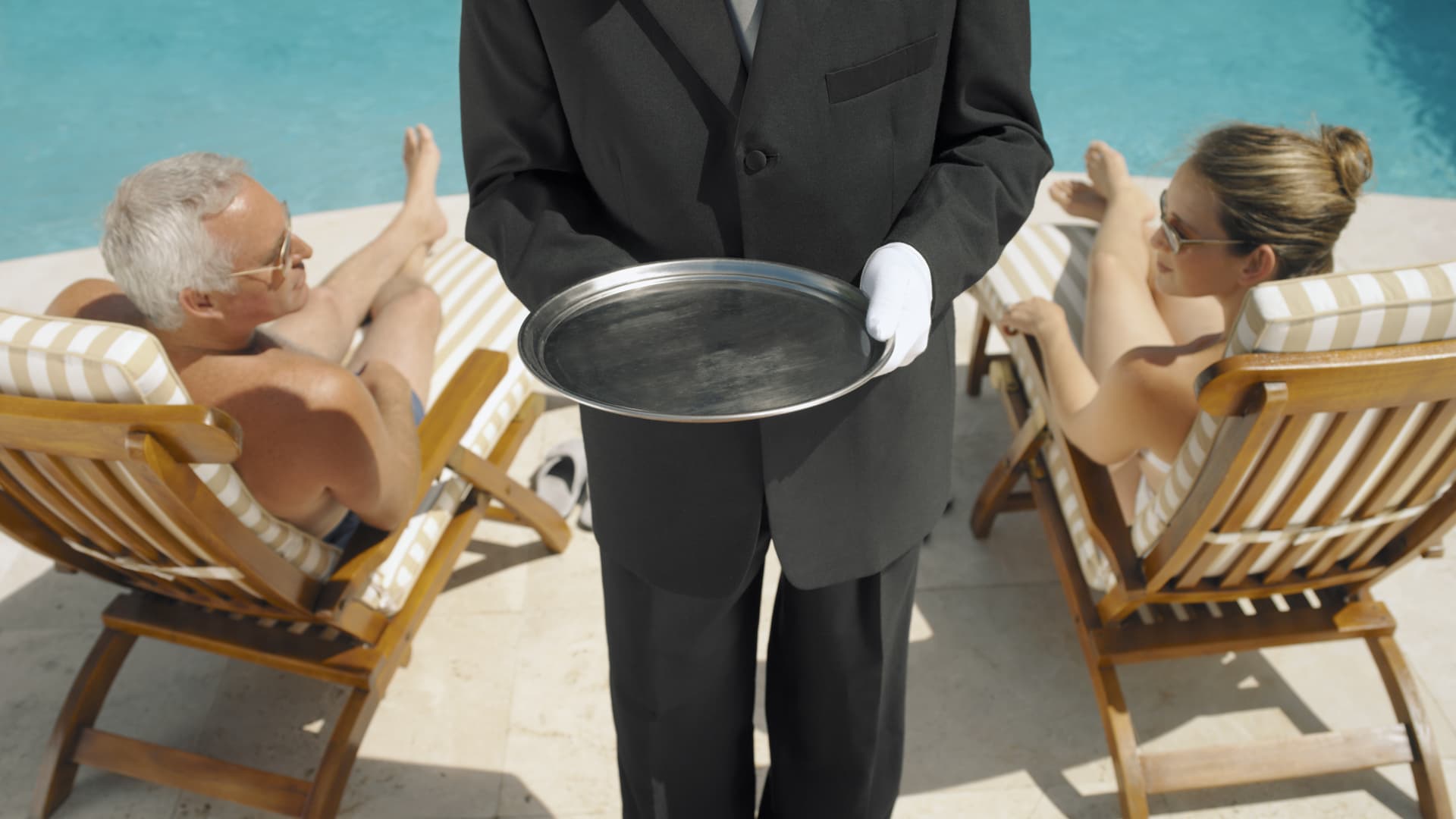Walking through hotel lobbies in pajamas is a topic that sparks debate among travelers and hospitality professionals alike. The practice raises questions about personal comfort, social norms, and the expectations of hotel guests and staff. Understanding the nuances of this issue requires examining hotel culture, guest behavior, and the impact of attire on the overall experience.
Understanding Hotel Culture and Guest Expectations
Hotels vary significantly in terms of atmosphere, clientele, and expectations regarding guest behavior and dress codes in public areas. Mid to high-end hotels generally expect guests to maintain a certain standard of decorum within common spaces, such as lobbies, restaurants, and lounges. This standard often includes refraining from walking around shirtless or wearing sleepwear like pajamas or robes. The rationale is to uphold an environment that aligns with the hotel’s brand image and guest comfort.
Lower-end or budget motels may be more relaxed about attire in public areas, and guests may occasionally see others in more casual or sleepwear-like outfits. However, even among budget accommodations, being shirtless or barefoot outside private rooms is usually frowned upon. The distinction between high-end and budget hotels highlights the varying expectations and cultural norms within the hospitality industry.
Cleanliness, Comfort, and Public Spaces
A key concern hotels express is hygiene and the visual impression of guests in shared spaces. Walking barefoot in hallways or lobbies raises issues related to cleanliness and potential foot infections, as these areas see considerable foot traffic from various people. Many travelers and hotel staff find barefoot guests in the lobby unpleasant or unappealing.
Similarly, pajamas and bathrobes, while comfortable and suitable in private quarters, often clash with the expectation of a public setting. For example, heading to breakfast in pajamas is widely regarded as sloppy or disrespectful to the establishment and other guests. Some hotels, particularly those with formal dining options or club lounges, explicitly discourage sleepwear and bare feet in these spaces. The emphasis on cleanliness and visual appeal underscores the importance of maintaining a certain standard in public areas.
Survey Insights: Guest Behavior and Hotel Responses
Surveys conducted by platforms like Hotels.com reveal strong guest opinions emphasizing adherence to dress norms in hotel public areas. Over 90% of respondents disapprove of walking around barefoot or in robes in hotels. Many upscale hotels have implemented dress codes or signage encouraging guests to wear proper attire in shared spaces. Some even provide alternatives, like slippers or lounge wear that is more socially acceptable, to encourage comfort without breaching etiquette.
Hotels also encounter a divide between guests who appreciate a “home away from home” casual vibe and those who expect refined hospitality standards. This tension has led some establishments to issue subtle cues or more overt policies to address guest wear, especially at breakfast buffets and lobbies. The survey insights highlight the importance of balancing guest preferences with the need to maintain a certain level of decorum.
Balancing Guest Comfort and Hotel Ambiance
Modern hotels strive to balance comfort and informality with appropriateness. The desire to relax while traveling is universal, but so is the expectation that public spaces remain welcoming and reasonably polished. Attire, therefore, acts as a form of social currency conveying respect for the space and consideration for fellow guests.
Guests wanting to feel comfortable while moving about public hotel spaces can choose smart casual or lounge wear that resembles pajamas but looks more put-together, such as neat joggers or casual pants paired with a shirt or sweater. Many travelers have reported blending in successfully with this approach, especially if their clothing is wrinkle-free and presentable. The balance between comfort and appropriateness is crucial for ensuring a positive experience for all guests.
Regional and Cultural Differences
It is also worth noting that acceptable attire in hotel lobbies may vary with cultural context and region. In some tropical resort areas, hotel guests may often be seen in swimwear, cover-ups, or casual resort wear moving around public areas. Conversely, in cities or business hotels, conservative dress is the norm. Travelers should consider the style, location, and type of hotel when deciding what to wear outside their rooms. Understanding regional and cultural differences is essential for navigating dress codes effectively.
Impact on Other Guests and Hotel Staff
Guests who walk around in pajamas or barefoot can affect not only other patrons’ perception of the hotel environment but also staff morale. Housekeeping and front-desk teams often field complaints about sloppiness or uncleanliness related to guest attire. Such behaviors may influence the level of service and atmosphere and could contribute to stricter hotel policies.
From a guest perspective, dressing appropriately helps maintain a respectful boundary between private comfort and shared space professionalism, fostering a smoother experience for all involved. The impact on other guests and staff underscores the importance of adhering to dress codes and social norms.
Conclusion
While it might seem trivial, how guests dress in hotel lobbies and public areas speaks volumes about respect, culture, and social norms. Pajamas and bare feet, suitable in private rooms, generally cross a line in shared spaces in most mid to high-end accommodations. The broad consensus among travelers and hospitality professionals is that dressing neatly and modestly outside the private sanctuary of one’s room enhances the comfort and experience for all.
Striking a balance between comfort and decorum is key. Guests can embrace smart casual or resort-appropriate attire to enjoy the amenities and public spaces without discomfort or disapproval. Hotels, in turn, continue evolving their policies and communications to gently guide guests towards understanding these unspoken rules, preserving the welcoming atmosphere that makes a stay memorable for all the right reasons.

